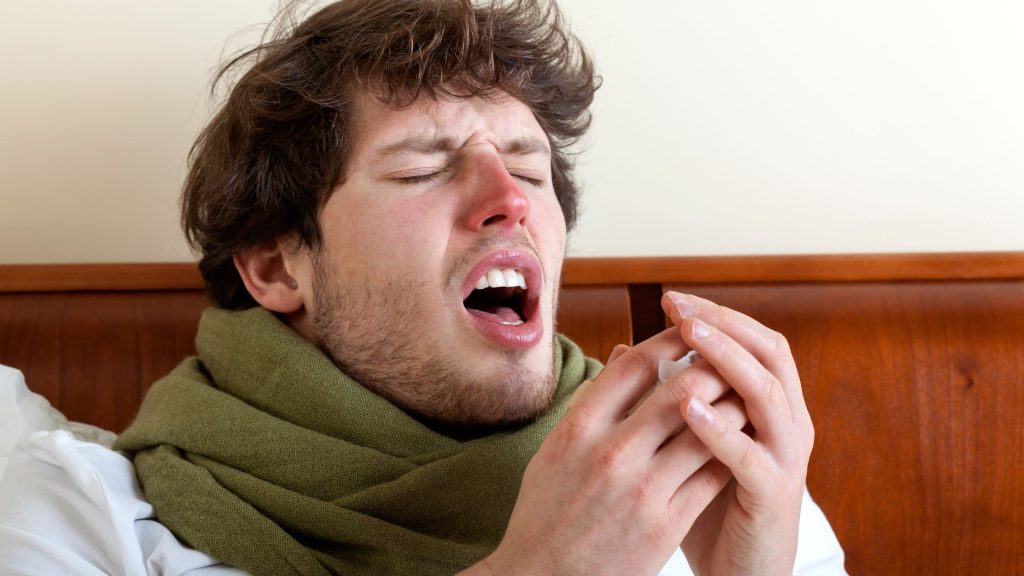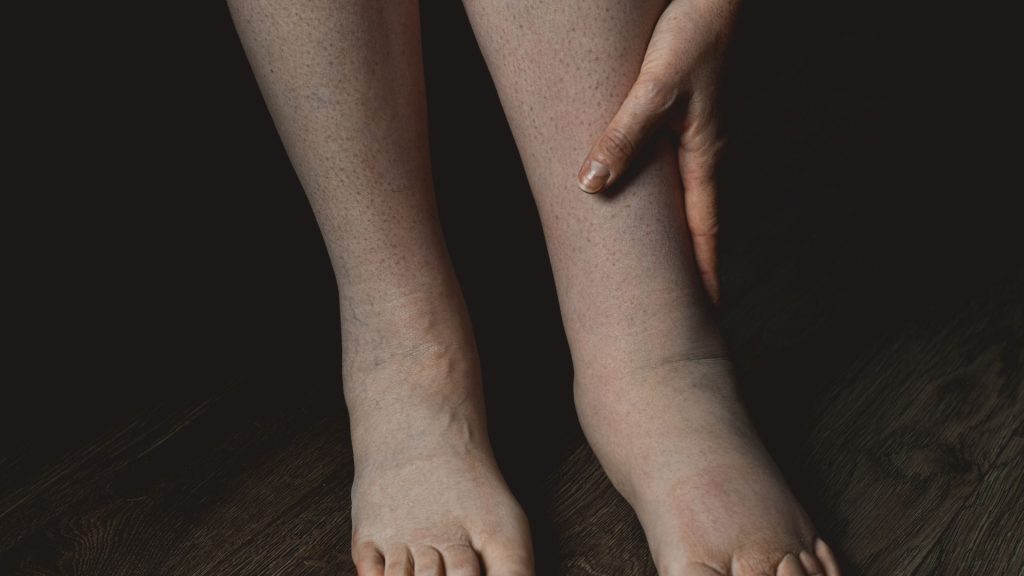Hidradenitis Suppurativa (HS) isn’t just about painful bumps. Understanding the Hidradenitis Suppurativa Stages empowers you to manage your condition effectively. This chronic skin struggle brings inflamed lesions in areas like armpits and groins. But knowing the severity stages (mild, moderate, severe) helps you recognize when to seek professional guidance or adjust your treatment plan. Don’t wait – take charge of your HS journey by understanding the stages today!
Although the exact cause of Hidradenitis Suppurativa is still unknown, it’s believed to result from a combination of genetic and environmental factors, as well as hormonal imbalances and issues with the immune system.
With that in mind, understanding the stages of HS can help us better manage our condition and recognize when it’s time to seek professional help or adjust our treatment plan. So, without further ado, let’s get started!
Stage 1: Mild HS
During the first stage of hidradenitis suppurativa, patients may experience the following symptoms:
1. Single or multiple painful lumps or nodules: These lumps can either be deep-seated or superficial and are often filled with pus. They are most commonly found in the armpits, groin, or other areas where skin rubs together.
2. Abscess formation: An abscess is a collection of pus that forms within the skin due to an infection. In stage 1 HS, these abscesses may rupture and drain pus, but they typically do not form sinus tracts or tunnels under the skin.
3. Mild scarring: Some patients may experience mild scarring in the affected areas as a result of the recurrent inflammation and healing process.
Treatment options for stage 1 HS include:
- Topical antibiotics or antiseptics to prevent infection
- Over-the-counter pain relief medications, such as ibuprofen or acetaminophen
- Warm compresses to help ease pain and promote drainage of abscesses
- Lifestyle changes, such as weight loss, smoking cessation, and wearing loose-fitting clothing to reduce friction in affected areas

Stage 2: Moderate HS
As the condition progresses to stage 2, patients may experience more severe symptoms, including:
1. Recurrent abscesses: In this stage, abscesses become more frequent and often larger in size.
2. Sinus tract formation: Sinus tracts, or tunnels, form under the skin, connecting abscesses and nodules. These tracts can be painful and may also discharge pus and blood.
3. Increased scarring: With the formation of sinus tracts and recurrent abscesses, scarring becomes more apparent in stage 2 HS.
Treatment options for stage 2 HS may include:
- Oral antibiotics or systemic medications to help manage inflammation and prevent infection
- Intralesional steroid injections to reduce inflammation in specific areas
- Minor surgical procedures, such as incision and drainage or deroofing of abscesses and sinus tracts
- Continued lifestyle changes, such as those recommended for stage 1 HS

Stage 3: Severe HS
In the most severe stage of HS, patients may experience the following symptoms:
1. Widespread abscesses and sinus tracts: In stage 3, abscesses and sinus tracts become more widespread, covering larger areas of the body and causing significant pain and discomfort.
2. Severe scarring and contractures: Extensive scarring can lead to contractures, or the tightening of the skin, which may limit mobility in affected areas.
3. Secondary complications: Severe HS can lead to complications such as anemia, lymphedema (swelling caused by a buildup of lymph fluid), and even the development of squamous cell carcinoma, a type of skin cancer.
Treatment options for stage 3 HS often involve more aggressive measures, including:
- Systemic medications, such as oral retinoids, immunosuppressive drugs, or biologic therapies, help control inflammation and prevent the progression of the disease
- Surgical interventions, such as wide excision of affected areas and subsequent skin grafting, or drainage procedures for larger abscesses
- Ongoing lifestyle changes and supportive care to manage chronic pain, prevent infection, and improve the overall quality of life

The Bottom Line
If you suspect that you have HS, consult a dermatologist who can recommend the most suitable treatment options based on the severity of your condition. Remember, early intervention and consistent management are vital for reducing the impact of HS on your quality of life.
Navigating the resources available for managing Hidradenitis Suppurativa in Canada may seem overwhelming, but organizations like the Canadian Hidradenitis Suppurativa Foundation are an excellent starting point. Connecting with others who understand your journey through support groups and online forums can also provide invaluable emotional support. Get in touch with us today!



